Pros And Cons Of Studded Tires: The Ultimate Guide To Winter Driving
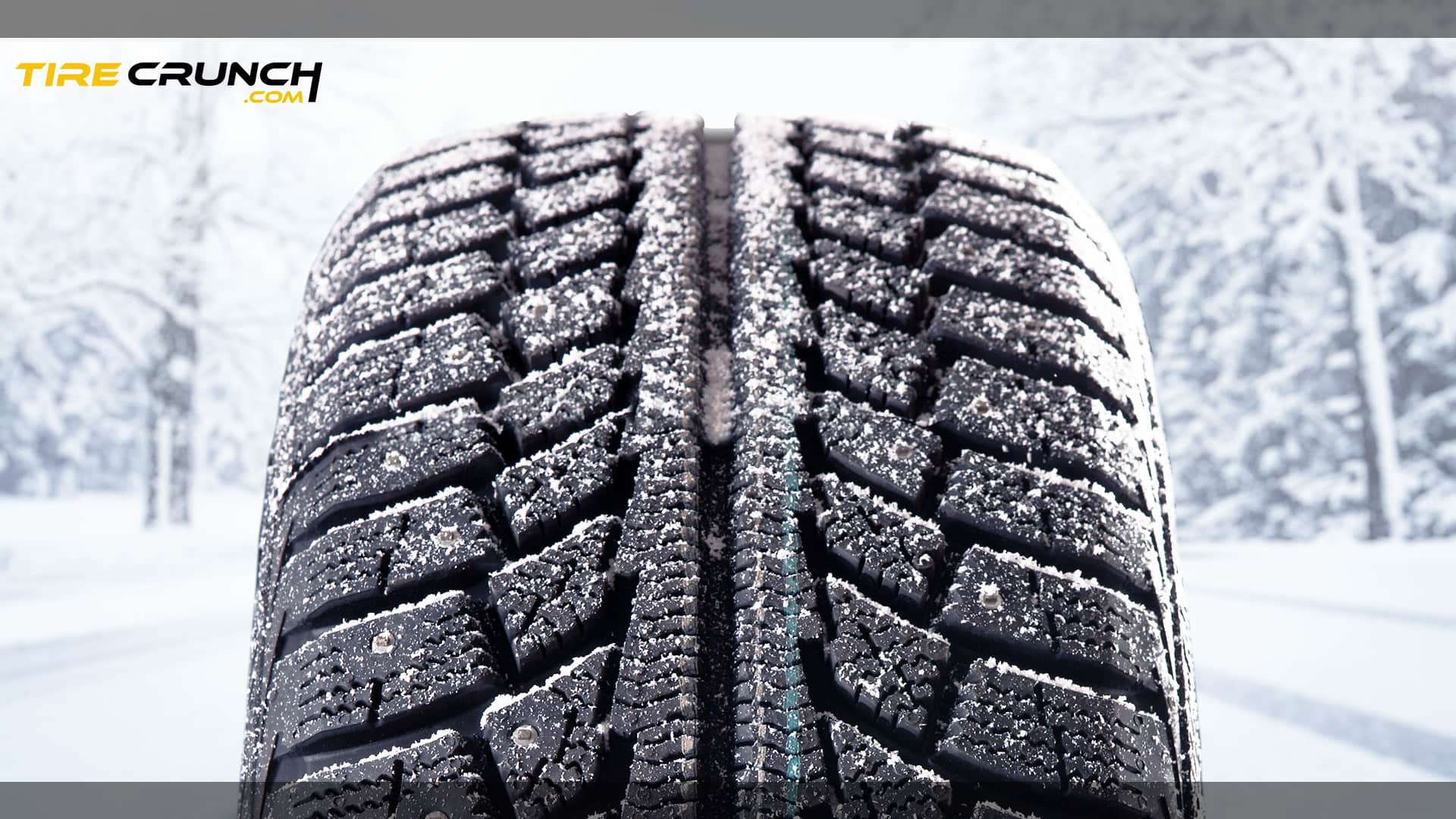
Winter roads can be treacherous, making tire choice crucial for a safe and smooth drive. Studded tires, as the name suggests, are equipped with metal studs that enhance grip on ice and packed snow.
However, they’re not without drawbacks. In this study, we’ll cover the pros and cons of studded tires so you can make an informed decision whether they’re the right option for your winter driving needs.
What Are Studded Tires?
Studded tires work by utilizing metal studs embedded in the tire tread to enhance traction on icy and snow-packed roads.
These small protrusions, usually made of tungsten carbide or similarly durable material, dig into slippery surfaces and provide extra grip compared to conventional winter tires.
Pros Of Studded Tires
Enhanced Traction On Icy And Packed Snowy Roads
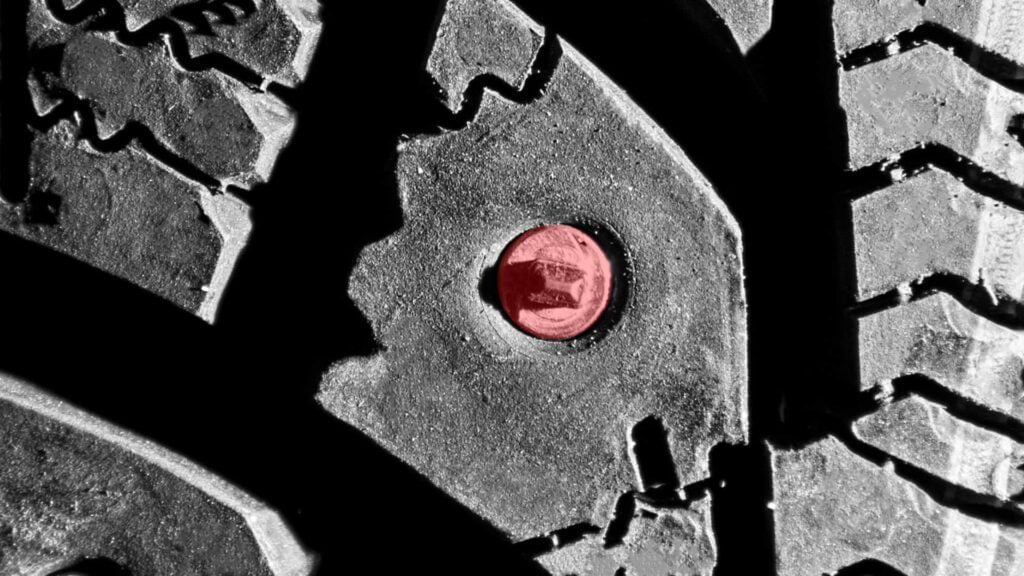
Studded tires offer enhanced traction on icy and packed snowy roads, providing drivers with more control and stability while driving in winter weather. Here are some ways studded tires improve traction:
Better Braking Performance In Icy And Packed Snowy Roads
Studded tires significantly enhance a vehicle’s braking distance, improving safety when driving on slippery surfaces.
The metal studs in studded tires dig into the ice or packed snow, creating additional traction that allows drivers to stop their vehicles faster than non-studded options.
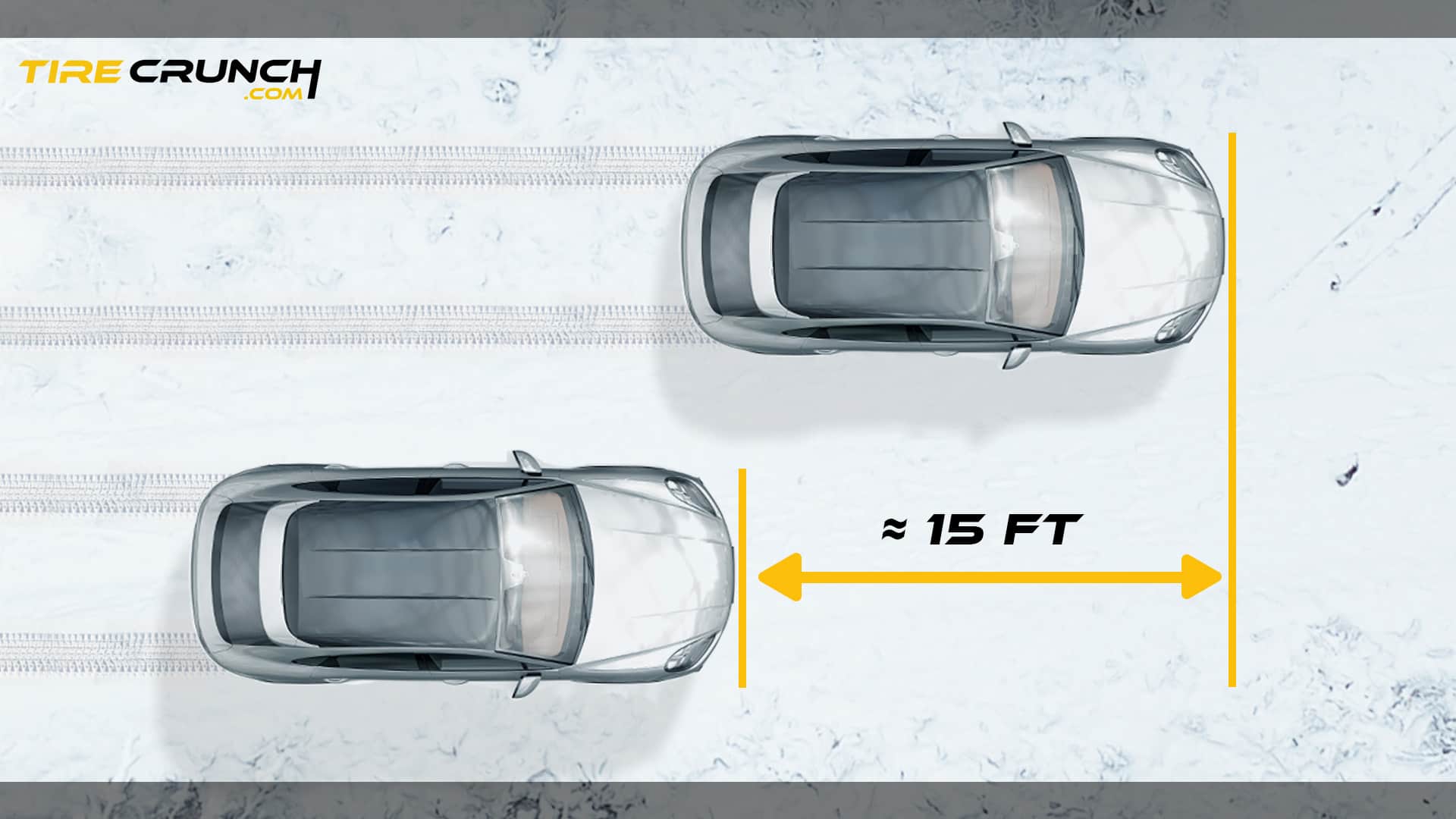
According to Kal’s Tire Testing results, when driving on an icy road at a speed of about 20 miles per hour, the studded winter tire required a distance of 74 feet to come to a stop.
In comparison, the non-studded tire needed 89 feet to stop, while the 3-season (all-season) tire required a distance of 111 feet to stop.
| Tire Type | Braking Distance |
| Studded Winter Tires | 74 feet |
| Non-Studded Winter Tires | 89 feet |
| All Season Tires | 111 feet |
Cons Of Studded Tires
While studded tires offer increased traction on icy and packed snowy roads, they also have some drawbacks to consider.
They Are Not Suitable For All Surfaces
Studded tires are designed to provide better traction and grip on icy and snowy roads, but they are not suitable for all surfaces.
When winter roads are wet or dry, studs can decrease the tire's traction. The tire tread compound is primarily responsible for providing grip in these conditions. Studs can slightly disrupt the interaction between the tire tread and road surface, negatively affecting stopping distances to some extent.
Higher Cost Than Non-Studded Tires
One of the most significant downsides of studded tires is their higher cost compared to non-studded options. Studded winter tires can cost up to 20% more than studless ones, which can make them an expensive investment for some drivers.
| Tire Type | Average Cost (Set of 4) |
|---|---|
| Studded Tires | $400 – $1,200 |
| Non-Studded Winter Tires | $300 – $1,000 |
| All-Season Tires | $250 – $800 |
Increased Road Noise
Studded tires produce additional road noise because of the metal studs hitting the pavement as you drive.
However, in recent years, studded winter tires have evolved and offer better ride comfort. For instance, Nokian Hakkapeliitta studded tires have an eco-stud cushion made of soft rubber that acts as a spring to reduce road noise.
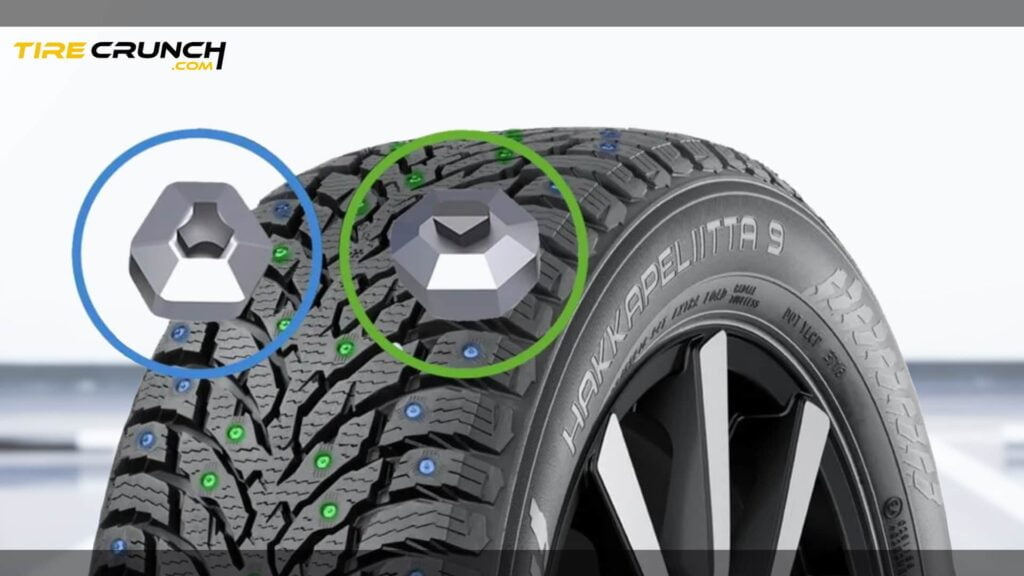
Damages Roads And Pavement
One major con of studded tires is that they can cause significant damage to roads and pavement. The metal studs in the tire tread are designed to grip into ice and hard-packed snow, but they also dig into the road surface, creating ravels.
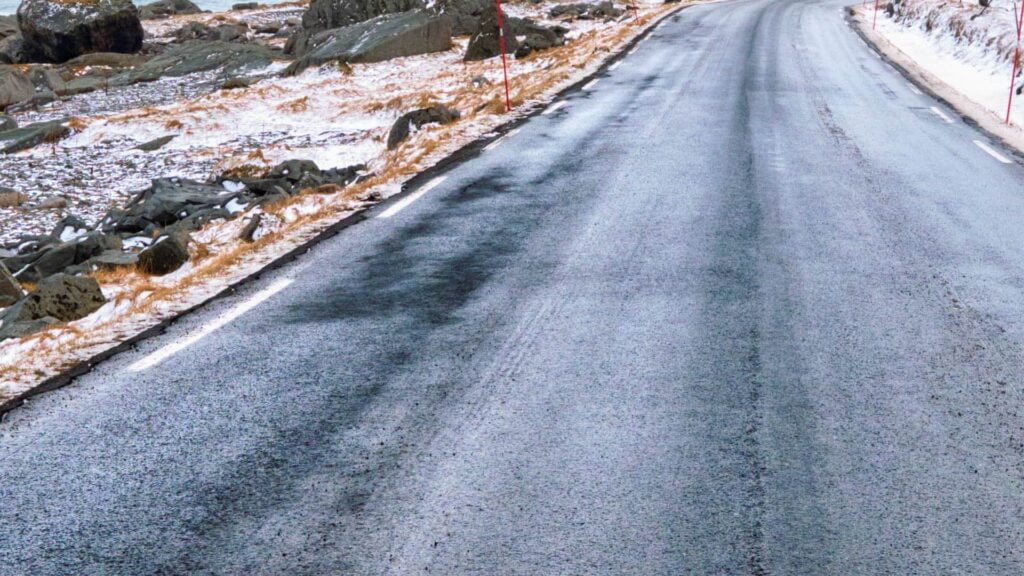
A study by the Oregon Department of Transportation has shown that studded tires cause more than $10 million worth of damage each year in Oregon alone.
Decreased Fuel Efficiency
Studded tires have their fair share of cons, and one of them is decreased fuel efficiency. Here are some reasons why studded tires reduce your car’s fuel economy:
They Are Sometimes Prohibited
Studded tires are not always a welcome sight on public roads, and in some areas, their use is outright forbidden.
As previously mentioned, metal studs on studded tires can cause significant damage to road surfaces. In response, certain counties or states have banned or restricted the usage of studded tires to protect infrastructure from further deterioration.
To find out about the legal stud dates in your area, you can refer to the U.S. Tire Manufacturers Association's state-by-state compilation of regulations regarding studded tires.
Studded Or Non-studded Tires?
Studded tires have their advantages, but they also come with drawbacks. Here are some factors to consider when deciding between studded and non-studded winter tires:
Regulations On Studded Tires
Studded tires are not always permissible, and there may be laws that prohibit their use in certain areas. Here are some factors to keep in mind when considering studded tire usage:
Alternatives To Studded Tires
Non-Studded Winter Tires
Non-studded winter tires are an alternative to studded tires, offering better traction on paved road surfaces. Here are some facts about non-studded winter tires:
All-Season Tires
All-season tires offer a balance of dry, wet, and light snow traction capabilities. Despite their versatility, all-season tires do have limitations when it comes to winter driving conditions.
While they can handle light snowfall or slushy ice on the road at low speeds, they may lack the necessary grip for more severe winter weather. For drivers living in areas with heavy snowfall and icy roadways, it’s recommended to opt for specialized studded or studless winter tires instead.
Consumer And Expert Reviews Of Studded Tires
Nokian Hakkapeliita 9 is considered to be one of the best in its class and has received favorable reviews from both consumers and experts. It offers excellent performance on ice without compromising safety or reliability.
For those looking to spend less money but still get good results, the General Altimax Arctic is also highly recommended by experts for its affordability and all-round winter performance.
Final Words: Pros And Cons Of Studded Tires
In conclusion, studded tires can provide enhanced traction and better braking performance on icy and packed snowy roads. However, they come with a higher cost than non-studded tires, increased road noise, and discomfort, and can cause damage to roads and pavement.
Additionally, some states prohibit the use of studded tires altogether. Before deciding whether studded tires are right for you, consider factors such as climate, driving habits and distance, cost, and environmental impact.
